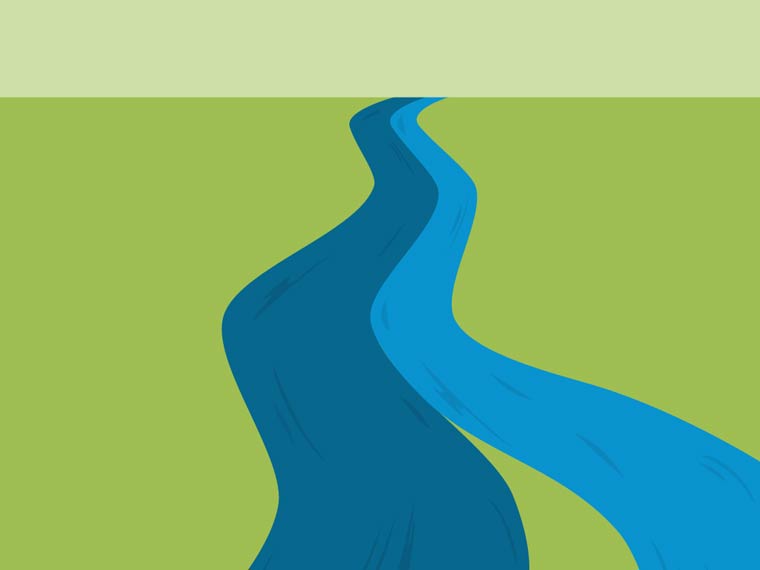
The following provides a one-stop summary of each guide’s corresponding text, lesson length, frequency, approximate grade level, and whether it is written to the student or teacher, all in one place. Click on the image to download a two-page PDF of all the information.

In a Charlotte Mason math education, Arithmetic is the first stream that is foundational for all mathematics. Students begin with counting then progress to the four fundamental operations. In the upper forms, this stream includes consumer math and finance.

Geometry is the second stream that is introduced. This stream begins with students investigating postulates and theorems in Intro to Geometry, then moving into Elementary Geometry and finally upper-level Geometry.

Algebra is the final stream that begins with Intro to Algebra. Eventually, the geometry and algebra streams converge into Algebra 2, Trigonometry, Pre-Calculus, and Calculus. Upon completing Algebra 2, students are equipped to take Statistics.
The guides were created to help teachers implement the Charlotte Mason philosophy in mathematics. The goal of the guides are threefold:
Being homeschool moms and teachers ourselves, we understand how much is involved in spreading the feast of a Charlotte Mason education. Our desire is to come alongside fellow Charlotte Mason homeschoolers by reducing the amount of prep work and mental energy needed in preparing for math lessons. The guides are simply that – guides. They are not laws. We want parents to use them as a guide to meeting the needs of their unique, born persons.
They are written to make math lessons inviting and engaging. This leads to greater understanding for the student (and the teacher!). In mathematics the Charlotte Mason method fosters good habits, investigating, problem solving, critical thinking, logical thinking, clear reasoning, and rich discussion.
We desire that students will have the foundation of seeing order, accuracy, patterns, beauty, and truth. The Holy Spirit is the indefatigable teacher, always ready to help both the teacher and student in discovering God’s truth. Our prayer is that an ever growing understanding of God’s truth will lead to a deeper love for the Creator Himself.
Our guides are scripted lessons that customers use alongside mathematically rich textbooks. The various textbooks are the primary source for the practice problems in our lessons. We also use outside resources when needed to build conceptual understanding, present mathematical ideas missing in our chosen texts (based on national standards), or to provide more practice.
In the Arithmetic stream we use the Strayer-Upton Practical Arithmetic Series. For the practical geometry guides, we use Lessons in Experimental and Practical Geometry by Hall & Stevens.
The guides are digital downloads that can be purchased a term at a time, or for the entire year at a discount. Each term of the guide is broken into three parts.
1. The introduction section includes:
2. The weekly resources include:
3. The daily lessons include:
Our expectation is that at the beginning of each term the parents will need to spend some time familiarizing themselves with the curriculum and getting any needed materials. This is also when the teacher should watch videos or read articles that are specified as “Teacher Education”.
After that our goal is for parents to have to spend no more than 10-15 minutes/week in preparation. This preparation includes mapping out the week’s plan and planning the review days to meet their students where they are at.